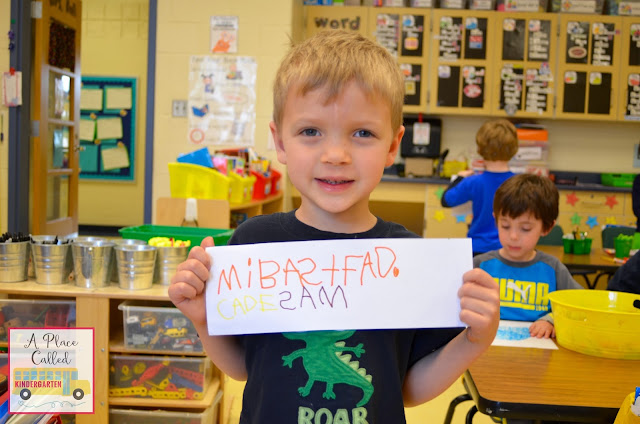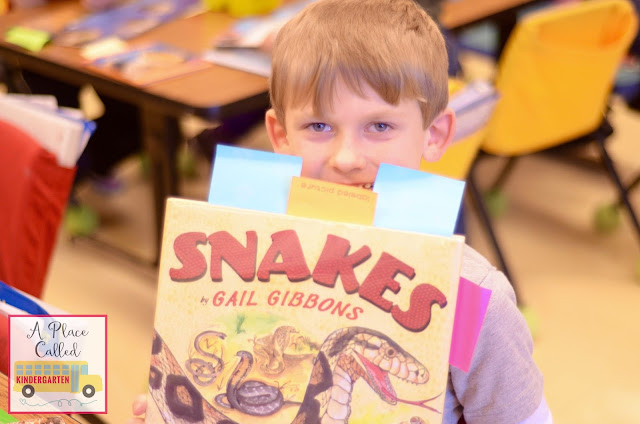It’s unbelievable that when I get back to work next week we only have 34 days of school left (but who’s counting, right). What this means for me is it’s time to start planning for summer school. I know what you’re thinking, “Let’s just get this year finished.” Am I right? I have that planned out already. But that’s another story.
Planning summer intervention programs can seem like a daunting task. There are many things to think about and prepare for to have an effective program. Some factors to consider include: time, literacy learning level expectations, and resources. Today I’m going to share with you how I plan my intervention program’s groups and time allotments.
In the summer, I have some non-negotiable time that I have to plan around. In Missouri, we have a state bill that requires fourth grade students who are two grade levels below grade level to receive so many hours of intervention and to have the opportunity to be reassessed at the end of the intervention period. If they continue to be two or more grade levels below then we retain. (Not something I agree with but it’s the “law”) I am happy to report in the 11 years I’ve been doing this we’ve only had to retain two students. This non-negotiable time takes 2 of the 4 hours we have each day. This leaves 2 hours to work in the four literacy learning level groups.
In my experience and studies, I’ve come to adopt a balanced approach to literacy learning. Instead of separating students into age groups or grade level I’m going to adapt this intervention program to meet the needs of learners according to their stage of literacy learning. I will plan groups according to these 4 levels: Foundation, Emergent, Transitional, and Fluent
Here is a basic definition of the four stages of literacy learning.
Foundation
|
Emergent
|
Transitional
|
Fluent
|
|
|
|
|
If you’re a veteran intervention teacher it will be easier to place students into these four categories as you will have prior knowledge of student performance and behaviors. If you are a new intervention teacher it will be important to pay attention to teacher observations. I’ve created a teacher checklist that will red flag students in need of intervention.
This leads me to the determination of time needed for each level. Instead of this being an exact formula this is another area that will adjust according to need. While the ultimate goal is the fluent level I keep it as part of the program because if time allows I will plan for enrichment.
In the summer, my priorities kind of flip-flop from those during the school year. Instead of prioritizing youngest to oldest I look at ages 9-11 first. I look for students who may still fall in the transitional level. Then I check the 7-8 years olds that still fall in the emergent level. Last I look at the 6 year olds that still need foundation intervention. I do my best to meet with these groups for 2 ½ hours per week.
If you’re interested in learning more about how I plan summer literacy learning level expectations, and resources be sure to be on the lookout for new posts on my newly designed blog at Looney’s Literacy.


















































